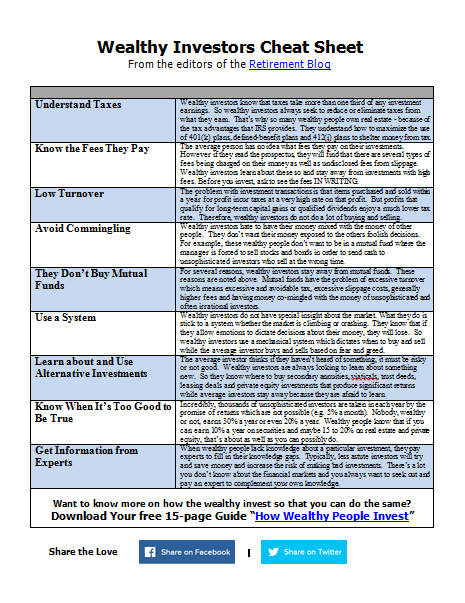If you're using I-Bonds to protect yourself from inflation, you know it can get tricky.
Series I-Bonds are Treasury-backed bonds designed to help protect investors from inflation. Like most Treasury bonds, they appeal to investors seeking the security of an investment backed by the full faith and credit of the U.S. government. This, they are popular bond investing choices among seniors and retirees. They also have some tax advantages: You can defer reporting accumulated interest for federal income tax purposes until you redeem the bonds, or until the bonds stop earning interest 30 years from their issue date. (Of course, in exchange for greater security, they offer lower potential returns than some other investments.)
I-Bonds seem simple. They're sold at face value, and when you cash in the bonds, you receive interest. But there are intricacies, mostly because of how I-Bonds pay interest. I-Bond interest rates have two parts: A fixed rate that remains the same throughout the life of the bond, and a variable rate that is adjusted for inflation. The fixed rate is determined every six months, at the beginning of May and November, and applies to all I-Bonds issued in the following six months. For example, the fixed rate set on November 1, 2006, applies to all I-Bonds issued from November 2006 through April 2007.
The variable rate is based on the change in the consumer price index for all urban consumers (CPI-U) over a six-month period. Again, rates are determined at the beginning of May and November. The result is called the "composite earnings" rate. For May 2007 through October 2007, it was 1.30%. But that, again, is subject to change, as the chart below illustrates.
Historical I-Bonds rates
I-Bond fixed rates are determined each May 1 and November 1. Each fixed rate applies to all I-Bonds issued in the six months following the rate determination.
DATE FIXED RATES*
MAY 1, 2007 1.30%
MAY 1, 2006 1.40%
MAY 1, 2005 1.20%
MAY 1, 2004 1.00%
MAY 1, 2003 1.10%
MAY 1, 2002 2.00%
MAY 1, 2001 3.00%
MAY 1, 2000 3.60%
MAY 1, 1999 3.30%
*Annual rates compounded semiannually
Source: US Treasury Department, as of October 2006
One page "invest like the rich" cheat sheet provides short explanations of how the rich investment differently. You don't need to be rich to copy what they do. Download now.
You can buy I-Bonds at most financial institutions. The minimum purchase is $50 for purchasing paper bond certificates and $25 when purchasing electronically. The maximum amount you can buy for any calendar year is $60,000: $30,000 in paper bonds and $30,000 electronically. And you can redeem the bonds at any time after a 12-month minimum holding period--although, if you redeem them before five years, you'll lose your last three months of interest.
Financial advisors who seek to help investors without cold calling

I preffer to buy bonds in a mutual fund or etf. If i find a good etf i like that over mutual fund because of the lower fees as long as they invest in same things i might as well buy the bonds with lowest cost. I think everyone should have some inflation protection and the bonds do so it makes sense to buy some.
Best etf funds lists last blog post..Bond etf.
An I-bond is a low-risk bond that is protected against inflation, and it is issued by the government. Buy I-bonds from payroll deduction at a local institute with help from a licensed financial planner in this free video on bonds and investing.
I was looking for a I-bond. Thank you for providing such vital information.
My own investments in mutual funds caused me to lose money 🙁
You really have a bright idea with the I-bond and many could learn a lot form this. It is great knowing that cashing in bonds involves getting interest at the same time...wow great isn't it...